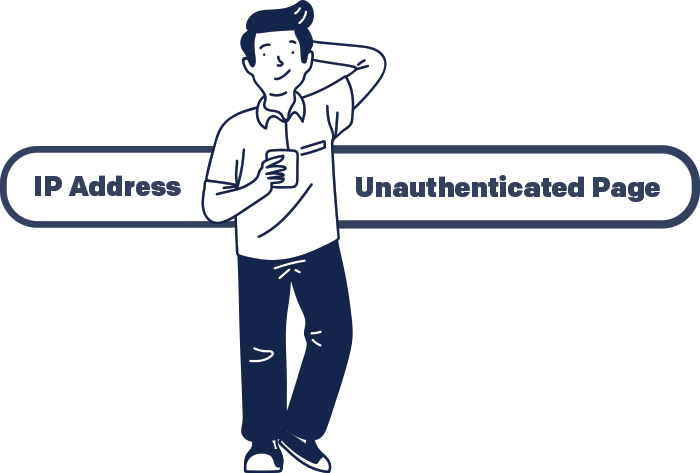Make sure your marketing team complies with the Ad Platform’s internal policies
Apart from government regulations like HIPAA, the first barrier to risk are the guidelines of your ad platforms. Most digital ad platforms have internal policies specifically written for healthcare-based advertising. Restrictions are particularly stringent when it comes to pharmaceutical companies, but each platform has its own policies that must be adhered to.
Google Ads
Google Ads has various content, search terms, location, and sub-industry restrictions. While your marketing team should already be following these, the legal team should run regular audits to ensure compliance.
Read Google Ads healthcare marketer policy
Facebook and Meta Ads
Meta’s policies are slightly less specific than Google’s, but they focus on ensuring that ads don’t make misleading claims or generate negative self-perceptions among users.
Read Meta Ads healthcare marketing policy
Make sure your marketing team isn’t relying on third-party non-BAA vendors to redact identifiers or PHI.
Some ad platforms claim that they remove certain identifiers before they are stored. As a result, marketers may believe that a HIPAA violation isn’t occurring. However, according to Health and Human Services (HHS), this is not permissible.

The HHS specifies that it is “insufficient for a tracking technology vendor to agree to remove PHI from the information it receives or de-identify the PHI before the vendor saves the information.”
Make sure your marketing team has BAAs in place with vendors who offer them.
Business associate agreements (BAAs) are a blanket of protection from violation. Make sure your marketing team has them in place with those who offer them. Just remember that the majority of ad platforms do not offer them, so those require different compliance solutions.
Commonly Offers BAAs:
- CRMs
- Marketing Automation Tools
- Paid Websites Analytics Platforms
- Consent Management Platforms
Usually Doesn’t Offer BAAs:
- Content Management Systems
- Ad Platforms (Google Ads, Meta, Facebook, X, LinkedIn, and Pinterest)
BAAs must indicate what a vendor is permitted to do and what it is required to do with the data it receives. Additionally, the vendor must agree to disclose security issues, breaches, and more.
Additionally, your marketing team can use a customer data platform as an intermediary between your digital properties and non-compliant digital ads platforms to redact PHI or de-identify users.
Make sure your marketing team knows a privacy policy or consent isn’t enough.
Some marketers think that third-party trackers are OK as long as they inform visitors of their use in the privacy policy or consent pop-up. This isn’t the case. According to Health and Human Services guidance, they do “not permit disclosures of PHI to a tracking technology vendor based solely on a regulated entity informing individuals in its privacy policy, notice, or terms and conditions of use that it plans to make such disclosures. Regulated entities must ensure that all tracking technology vendors have signed a BAA”
Make sure your marketing team isn’t mixing protected health information with user identifiers.
The recent AHA ruling in Texas confirmed that user identifiers more specific than IP addresses can be interpreted as user identifiers from a HIPAA perspective. Most ad platforms collect a variety of digital information about a user. Ensure your marketing team isn’t pairing any of the following with PHI:
- Click IDs
- Device IDs
- User Names
- Email Addresses
- IP Addresses
Make sure your marketing team isn’t using non-BAA trackers on authenticated healthcare portals
The OCR ruling was surprising because it called into question trackers on unauthenticated pages. However, using these third-party trackers on authenticated pages, like myChart or other healthcare portals, remains a huge red flag. Ensure your marketing team hasn’t mistakenly or intentionally added trackers for Google Ads, Google Analytics, Meta Ads, or others on any healthcare portals users log in to. If your marketing uses a third-party tracker on a page like this, they must have a signed BAA with that vendor.
Conclusion
Ensuring HIPAA-compliant digital advertising is not just about avoiding violations; it’s about maintaining trust and integrity in your healthcare brand. As the legal team, your job is to mitigate risk by ensuring the marketing team isn’t using ad platforms in a manner that violates HIPAA.
By enforcing the right policies, you can make sure your marketing team uses powerful ad platforms while minimizing risk.


 Written by Matt Fiel
Written by Matt Fiel